Review for The Whispering Star / The Sion Sono
Introduction
Just a handful of weeks ago, there was a question over Third Window Films’ release schedule for 2018, with the concern that following the release of Love and Other Cults, the rest of the year would be a bust. Fortunes can turn around in the wink of an eye however, and a timely association with Arrow Films has put Third Window Films back on track, and done so in a big way. We’re getting two films from them in what they have dubbed Sion Sono month. Actually it’s three films, as while we get Antiporno at the end of April, we begin with this disc, which turns out to be a double-header; two feature films on one Blu-ray disc, The Whispering Star, and the biographical The Sion Sono. The disc presents its content with an animated menu, The Whispering Star front and centre, and The Sion Sono as an option on the menu screen.
Introduction: The Whispering Star
I’m surprised that I wasn’t more aware of this, being the sci-fi fan that I am. After all, Sion Sono making a sci-fi movie should have grabbed my attention long ago. Truth of the matter is that I only realised when the review discs became available. I really should have realised that with a prolific and eclectic filmmaker like Sion Sono, a sci-fi movie was not only possible, but inevitable.
It is the distant future, and humanity is in decline. Humans are outnumbered by robots and AI by 5 to 1, and the surviving humans have spread out thinly throughout the cosmos. Yoko Suzuki is a robot courier, travelling the stars in her rented spaceship, delivering parcels and packages to people who are willing to wait years for the service.
Picture: The Whispering Star
The Whispering Star gets a 1.85:1 widescreen 1080p transfer on this disc. It’s sepia monochrome for the most part, other than an odd moment of striking colour. The image is clear and sharp, detail and contrast is excellent, and there are no issues with compression or banding. The production design is simple, and makes use of the absurdity of what is essentially an apartment in space as a spaceship, made more effective with some special effects wizardry. The abandoned towns following the Fukushima disaster also double for some striking habitats and planets for the few remaining humans to live in. Visually this is a very effective and haunting film.
Sound: The Whispering Star
You have a DTS-HD MA 2.0 Stereo Japanese track with optional English subtitles. It’s a very effectively sound-designed film, the hum of the ship quite subliminal, everyone speaking in whispers (hence the name), and the Spartan use of music. Nevertheless the dialogue is clear, and the subtitles accurately timed.
Conclusion: The Whispering Star
The Whispering Star is a film that I haven’t quite grasped yet. I can tell this is going to need a few more re-watches, and some time to sink in before I really know whether I appreciate it or not. My initial impression is that of a sedate, understated, fatalistic satire. I got the same sort of vibe from it that I do from Richard Lester’s The Bed Sitting Room, although not quite as surreal. The Bed Sitting Room was a post-apocalyptic story, a vision of the world after World War III, filmed in the late sixties, using areas of industrial decline to fill in for post-atomic devastation. Sion Sono uses landscapes left bereft of humanity following the Fukushima nuclear accident to paint his story of the human species on the way out.
The film is subtle and slow about developing its story, starring off with tedious domesticity, a woman living in an apartment, making tea, cleaning, dealing with a dripping tap, all in the shades of the sixties kitchen sink drama. It’s several minutes before the camera shifts to the front of the room, to reveal a window looking out at the stars, a control panel for the ship, and we finally hear the voice of the computer. It’s even longer before you see the rear of the ship, the airlock, and the parcels in careful storage. When we see the ship from the outside, it looks like a traditional roofed building with a booster on the back.
The world is decidedly retro, one of boxy CRT TVs, one where Yoko records her diary on a reel to reel tape machine, and everything feels warm and analogue. It’s almost half an hour before we see Yoko doing her day job of delivering parcels, for which she loses her domesticity to don a courier’s uniform, making sure that she has fresh batteries in her belt (she is a robot). When she finally lands on a planet, we see the effects of a human race in decline, empty cities, abandoned and lifeless, except for nature beginning to encroach, and the odd inhabitant making a life in the ruins, showing varying degrees of eccentricity from the solitude.
When there’s no one else around, there really is no need to speak loudly, and Sion Sono presents a vision of humanity in decline, the fatalistic dull routine of the end of the universe. We go out not with a bang, but with a whisper. I’m still trying to grasp just what the film is trying to say about humanity, the need for physical, tangible memories, and the ennui that cripples us when there is nothing left to strive for, when everything is too easy. The message in The Whispering Star is subtle and elusive, while the quirky humour is a little too sporadic to carry through the runtime. The Whispering Star really isn’t satisfying, but it is well worth watching.
6/10
Introduction: The Sion Sono
I thought I had seen a lot of Sion Sono films. After all, Third Window Films have championed his work in the UK, beginning with the epic Love Exposure, and also bringing us films like Cold Fish, Himizu, Land of Hope, Love and Peace, The Whispering Star most obviously, and later this month we get Antiporno as well. His work isn’t exclusive to Third Window either, and thanks to distributors like Eureka, I’ve watched films like TAG, and Tokyo Tribe. Then I look at his IMDB credits, and realise that I’ve barely scratched the surface of his filmography. In a thirty year career, he’s made some 40 feature films. He’s almost as prolific as Takashi Miike, perhaps even more eclectic, although maybe not as commercial.
That’s the kind of unique talent that inspires curiosity, and there exists a desire to know how such a singular director works, what inspires and moves him. Fortunately there is this documentary, filmed over the space of a year by filmmaker Arata Oshima, taking a peek inside Sion Sono’s life, with a look behind the scenes of The Whispering Star, and with plenty of interviews with the man himself, his actors and peers, and his family.
Picture & Sound: The Sion Sono
The Sion Sono gets a clear and unproblematic 1.78:1 widescreen presentation, while the audio is presented as a DTS-HD MA 5.1 Surround Japanese track with optional English subtitles. I would have preferred that The Whispering Star got the surround track, as a documentary doesn’t really warrant the extravagance. The subtitles are free of typos and accurately timed, but limitations with regards to the number of captions on screen means that some text isn’t translated.
Conclusion: The Sion Sono
The film starts off by somewhat underwhelming me, showing Sion Sono in his art studio, holding forth on how he creates his paintings. I say it’s underwhelming, as his canvases didn’t really tick my ‘I know what I like’ buttons. Although later in the film we come back to a Sion Sono art installation in the city which is far more effective in bringing a message across. There’s also a point in the film where we catch up with Sono providing lead vocals with a punk band, another point where you’re left looking for the talent that you know that the man has. Of course you see that talent in abundance when it comes to his filmmaking, and there’s plenty of behind the scenes documentation of The Whispering Star here, from pre-production to filming, and the poignant location work in Fukushima.
It’s at a GQ ‘Man of the Year’ event that the driving force behind Sion Sono becomes clear, when he’s asked for one word that defined his success. He says ‘quantity’. It becomes clear that creation is an obsession with him and it isn’t a force that he can turn off like a tap. It’s always on, whether it’s writing, art, poetry, music, or filmmaking. The gems are remembered, lauded and praised, but there is a whole lot of false tries, works in progress, failed attempts, also-rans and if-onlies that comprise the pyramid on whose top the gems rest.
As a documentary it’s really quite conventional. All of these things seem to follow their subject over the course of a year, and there are plenty of interviews, off-the-cuff comments, and fly on the wall observations of Sion Sono to help paint a picture of the man. There are also interviews with people like actors Shota Sometani and Fumi Nikaido (Himizu), as well as his muse and wife Megumi Kagurazaka (Cold Fish, The Virgin Psychics, Love & Peace, Himizu, Land of Hope, Guilty of Romance) to fill in the blanks. There’s also a visit to his hometown to offer a slice of the youth and childhood that helped shape the director.
The Sion Sono is an informative and compelling insight into the man, and with its focus on the making of The Whispering Star, the perfect complement to the feature film on this disc.
8/10
In Summary
I’m going to have to gnaw at The Whispering Star some more before I really figure out what the film is trying to say to me, and that distant and obscured feel to its story might prove off-putting for someone who wants something more immediate to relate to. I had hoped given its focus on the making of The Whispering Star, that The Sion Sono might offer some insights into the story, but that isn’t the case. The Sion Sono is far more effective as a profile of the director, and at this moment in time, I found it the more rewarding of the two films on the disc.
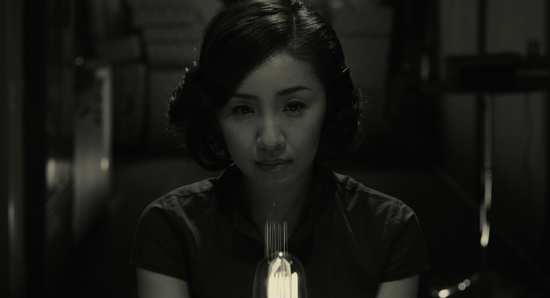
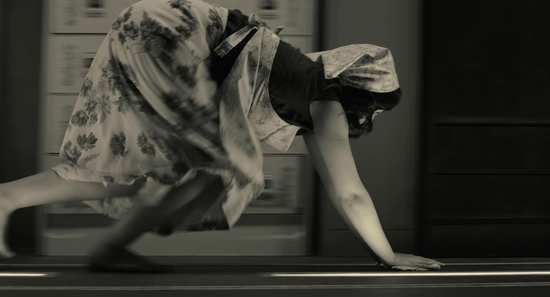
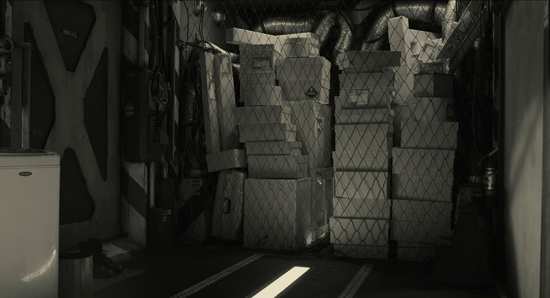

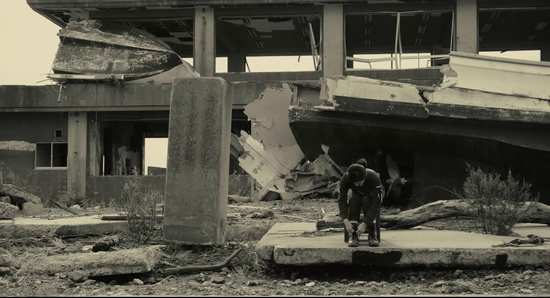
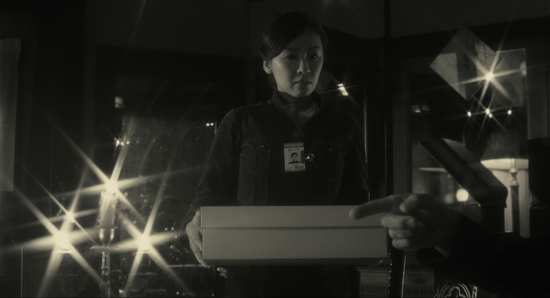
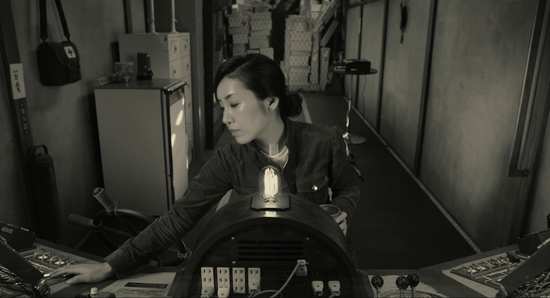
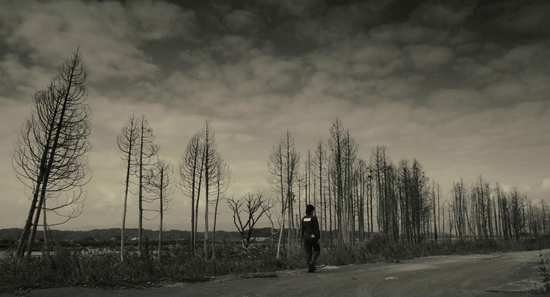
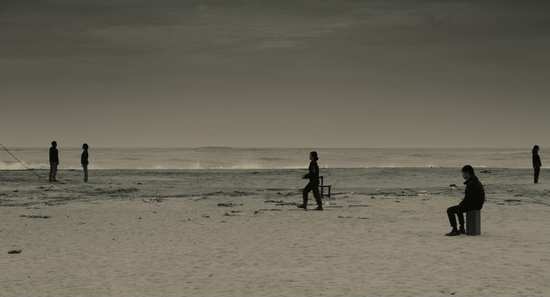
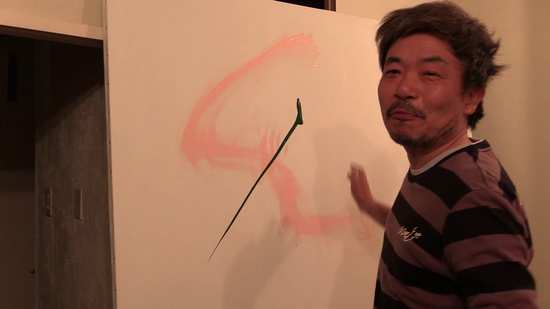
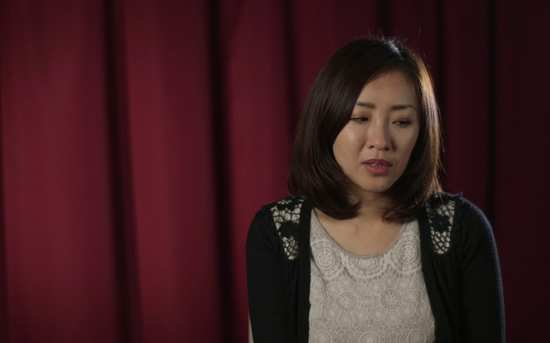

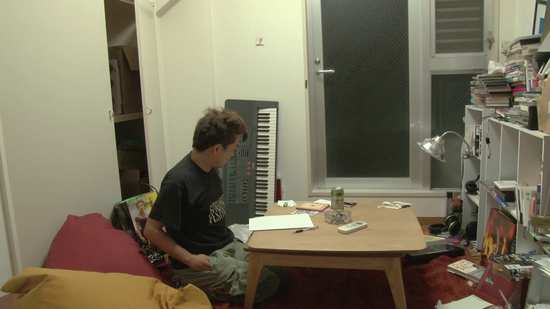
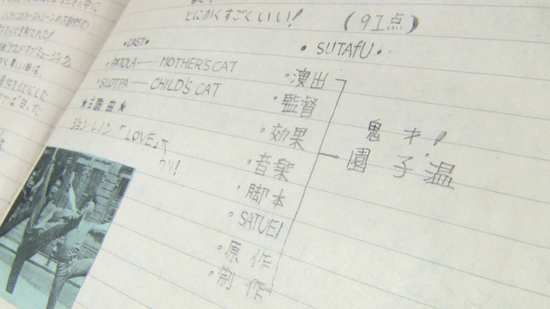

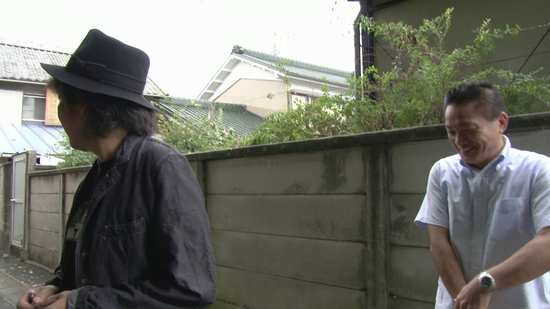
Your Opinions and Comments
Be the first to post a comment!